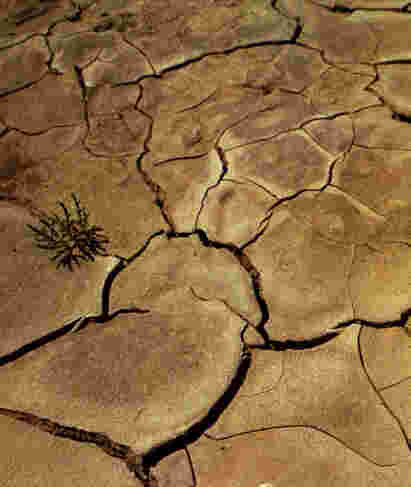BACKGROUND:
Weathering is the wearing away of rocks on the Earth’s surface by wind,
water, ice, and heat. It is the first step in the formation of a sedimentary
rock. Wind is responsible for wearing away rocks and creating great deserts
like the Sahara Desert, Africa, an environment where water is not abundant.
Water is responsible for wearing away of rocks in rivers, lakes, and the
oceans. Ice is responsible for glacial erosion such as in Alaska, because as
the ice moves, it carries rocks, which grind wears away the rocks beneath
the glacier.
Climate also effects weathering. For example, in wet areas, water fills
the cracks in rocks. When the temperature drops below freezing, the water in
the cracks turns into ice. The ice expands, and forces the cracks apart. The
ice then melts as the weather warms up. The rock thus becomes weaker and the
crack wider with each successive freeze-thaw cycle. It eventually breaks apart
into many pieces. Moreover, as a result of this process, concrete and
asphalt in states like New York do not last as long as in warmer states like
California.
 As rocks are worn down by the weathering, broken pieces fall away from
the parent rock and are further reduced in size through collisions with
other rocks and additional weathering. Sand consists of small pieces of rock
that have been eroded from a parent rock.
As rocks are worn down by the weathering, broken pieces fall away from
the parent rock and are further reduced in size through collisions with
other rocks and additional weathering. Sand consists of small pieces of rock
that have been eroded from a parent rock.
PROCEDURE:
- Review the three major types of rocks with the students. Igneous or
"hot rocks" are melted rocks that cool. Sedimentary or
"wet rocks" are mainly formed by particles that are cemented
together. Metamorphic or "changed rocks" are igneous,
sedimentary or metamorphic rocks that chemically or physically change
due to temperature and pressure.
- Explain that weathering is the first step in the formation of a
sedimentary rock. Tell the students that there are many types of
weathering.
- Demonstrate weathering by placing a hard piece of mud on a plate and
squirting it with water. The water that hits the mud turns a dirty
color. The mud loses pieces as the water penetrates the mud and loosens
the particles.
- Give students an opportunity to examine the muddy water with a hand
lens or microscope. Mud flakes will be easily visible. Mud particles are
much smaller than sand particles. Sand is formed similarly because the
agents of erosion (not just necessarily water alone ) eroded away pieces
of rock from the "mother rock."